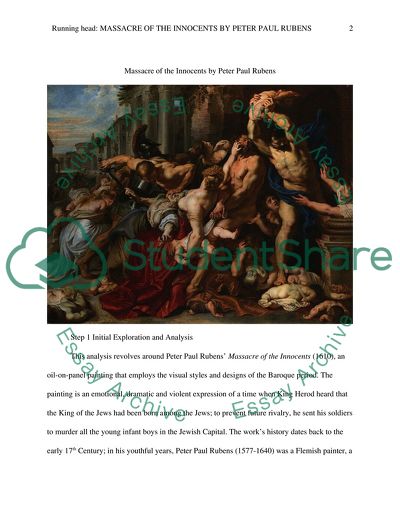Cite this document
(Massacre of the Innocents by Peter Paul Rubens Assignment, n.d.)
Massacre of the Innocents by Peter Paul Rubens Assignment. https://studentshare.org/visual-arts-film-studies/1823617-exploring-a-work-of-art
Massacre of the Innocents by Peter Paul Rubens Assignment. https://studentshare.org/visual-arts-film-studies/1823617-exploring-a-work-of-art
(Massacre of the Innocents by Peter Paul Rubens Assignment)
Massacre of the Innocents by Peter Paul Rubens Assignment. https://studentshare.org/visual-arts-film-studies/1823617-exploring-a-work-of-art.
Massacre of the Innocents by Peter Paul Rubens Assignment. https://studentshare.org/visual-arts-film-studies/1823617-exploring-a-work-of-art.
“Massacre of the Innocents by Peter Paul Rubens Assignment”. https://studentshare.org/visual-arts-film-studies/1823617-exploring-a-work-of-art.


